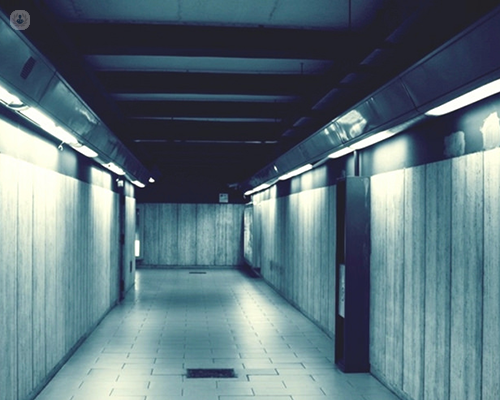A guide to anal fistula surgery
Written by:An anal fistula is a small tunnel that links the anal passage with the skin. Symptoms range from a light stinging to acute and intense pain, including the appearance of blood or discharge. Normally an anal fistula is caused by an infection in one of the glands in the “dentate line”, which is the area where the rectum ends and the anal passage begins. Surgery is the most effective treatment for anal fistulas.

In most cases the infection is spontaneous and of unknown cause, although in some cases it is associated with inflammatory intestinal illnesses such as Crohn's disease, for example. The acute form of infection is an anal abscess which can be controlled with antibiotics or else through surgical debridement. In 50-70% of cases it develops after the anal fistula. Normally patients go through anal fistula surgery. There are only a few exceptional cases where a spontaneous resolution occurs and surgery is not required. However, when the fistula is established the only treatment is fistula surgery.
Simple and complex anal fistulas
There are different ways of treating different types of anal fistula. Depending on the degree to which the path of the fistula crosses or affects the anal sphincter muscles (made up of the internal and external anal sphincters) fistulas are classified as either simple or complex, which dictates the surgical technique used.
In the case of simple anal fistulas, which affect the sphincter less, the most commonly used technique with the best long-term results involves opening up the affected tissue and thereby forcing it to scar. More recently, the “lift” technique has been developed, which involves just barely cutting the muscular fibres in order to treat the anal fistula.
Complex snsl fistulas, which are deepest and have the greatest impact on the sphincter muscles, recurring anal fistulas (previously operated on), or those associated with other intestinal illnesses, require other, more complex techniques in order to preserve the sphincter muscles and their function, so as to avoid potential post-operative incontinence.
Considering therapeutic options for fistula treatment
These range from what is known as a “rectal advancement flap” (a type of plastic with rectal mucus), the use of biological adhesives, patching with scarring substances (surgisis) and most recently the use of laser diodes (FILAC: fistula-tract laser closure).
Post-operative care after fistula surgery
Depending on the technique used, there may be specific standards, but generally, all that is advised after anal fistula surgery is rest during the days immediately following the procedure with analgesic if it is needed and good hygiene around the anal area, with recommendations in some cases for the application of pomades that promote scarring.


